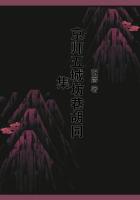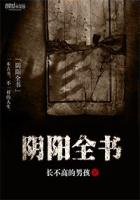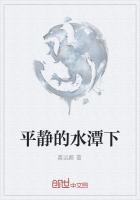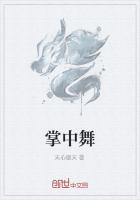Another point on which it is necessary to exercise reserve is in the degree to which any story can be acted.In the justifiable desire to bring a large number of children into the action one must not lose sight of the sanity and propriety of the presentation.For example, one must not make a ridiculous caricature, where a picture, however crude, is the intention.Personally represent only such things as are definitely and dramatically personified in the story.If a natural force, the wind, for example, is represented as talking and acting like a human being in the story, it can be imaged by a person in the play; but if it remains a part of the picture in the story, performing only its natural motions, it is a caricature to enact it as a role.The most powerful instance of a mistake of this kind which I have ever seen will doubtless make my meaning clear.In playing a pretty story about animals and children, some children in a primary school were made by the teacher to take the part of the sea.In the story, the sea was said to "beat upon the shore," as a sea would, without doubt.In the play, the children were allowed to thump the floor lustily, as a presentation of their watery functions! It was unconscionably funny.Fancy presenting even the crudest image of the mighty sea, surging up on the shore, by a row of infants squatted on the floor and pounding with their fists! Such pitfalls can be avoided by the simple rule of personifying only characters that actually behave like human beings.
A caution which directly concerns the art of story telling itself, must be added here.There is a definite distinction between the arts of narration and dramatization which must never be overlooked.Do not, yourself, half tell and half act the story; and do not let the children do it.It is done in very good schools, sometimes, because an enthusiasm for realistic and lively presentation momentarily obscures the faculty of discrimination.A much loved and respected teacher whom I recently listened to, and whowill laugh if she recognizes her blunder here, offers a good "bad example" in this particular.She said to an attentive audience of students that she had at last, with much difficulty, brought herself to the point where she could forget herself in her story: where she could, for instance, hop, like the fox, when she told the story of the "sour grapes." She said, "It was hard at first, but now it is a matter of course; AND THE CHILDREN DO IT TOO, WHEN THEY TELL THE STORY." That was the pity! I saw the illustration myself a little later.The child who played fox began with a story: he said, "Once there was an old fox, and he saw some grapes;" then the child walked to the other side of the room, and looked up at an imaginary vine, and said, "He wanted some; he thought they would taste good, so he jumped for them;" at this point the child did jump, like his role; then he continued with his story, "but he couldn't get them." And so he proceeded, with a constant alternation of narrative and dramatization which was enough to make one dizzy.
The trouble in such work is, plainly, a lack of discriminating analysis.Telling a story necessarily implies non-identification of the teller with the event; he relates what occurs or occurred, outside of his circle of conciousness.Acting a play necessarily implies identification of the actor with the event; he presents to you a picture of the thing, in himself.It is a difference wide and clear, and the least failure to recognize it confuses the audience and injures both arts.















